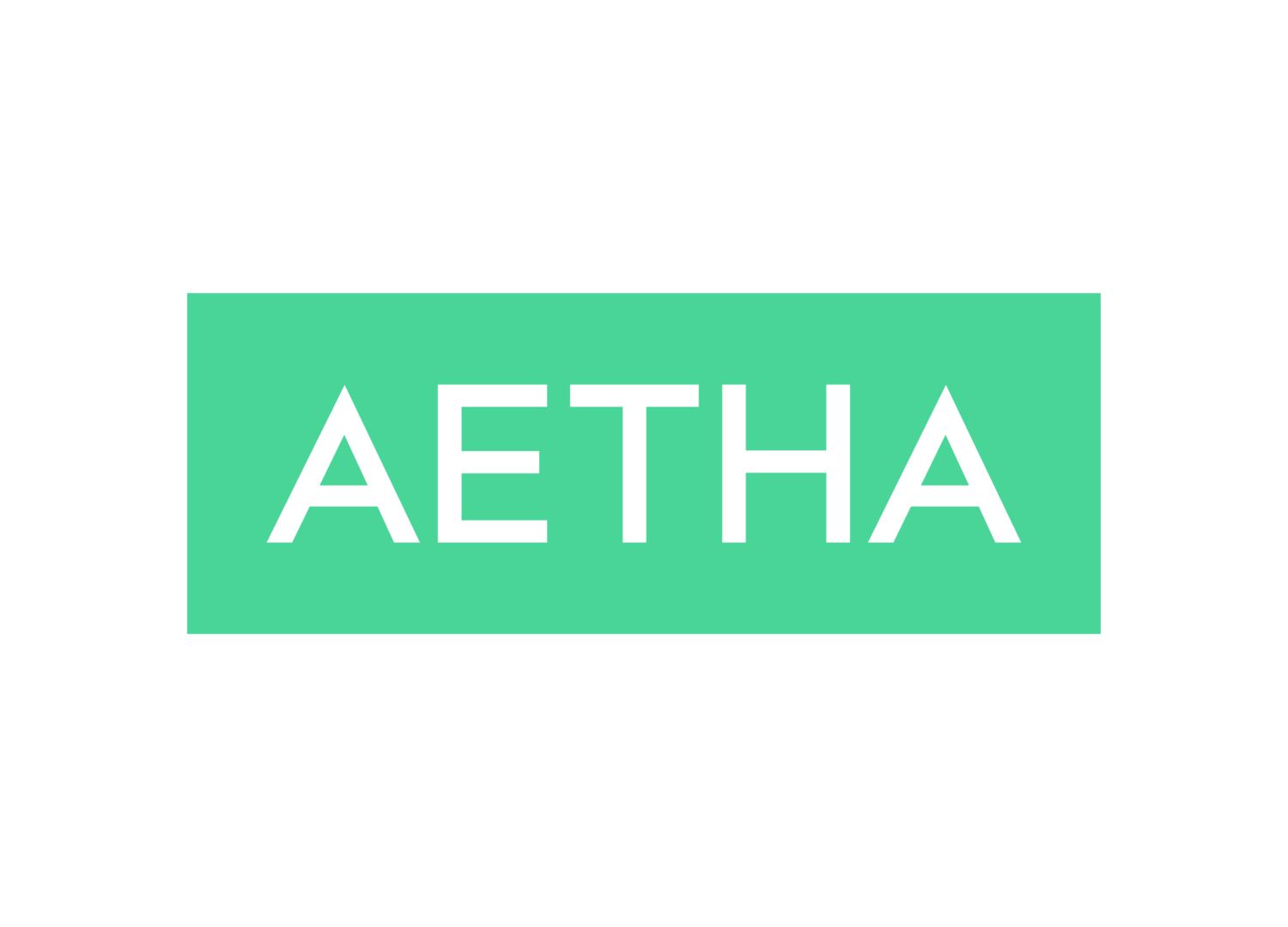Hello, this is tips from the Aetha.
Welcome to tips from the Aetha, and this month we’re looking at the world of crowdfunding! How to smash your campaign targets in 2024! We’ve worked on a bunch of campaigns over the years, and every time we've learned something new. Here we’ll share some of those learnings so hopefully you’ll be a step ahead of the competition.
Here’s our top 10 tips for a successful campaign!
1. Set an achievable target
The aim is to surpass your target as soon as possible; it should be the absolute minimum amount of money (or MOQ) you need to launch your product. The sooner you are fully funded, the more confident people will be that you have the funds to deliver, and they will be more willing to purchase your product. Our suggested target is below £10k (around £8k seems common), but make sure it’s enough for you to deliver!
Client story: The Alice camera received £143,170 with their Indiegogo campaign
We have helped our clients raise over $690,000 over 6 successful campaigns
2. What is your USP? Why do I NEED to buy your product?
Make sure this is clear within the first 5 seconds of someone scrolling your page. When it comes to surfing Kickstarter, I typically scroll down to view a product before watching the video only if the scroll has grabbed my attention. Don’t assume everyone is watching your video; in fact, assume they don’t watch it at all and ensure the content is enough to explain your USP clearly. Do this by mixing images and GIFs with text to prevent slow loading times and cater to a variety of attention spans. Make your hero image stand out but also keep it simple, ensuring it shows off your product’s USP.
Client story: Times Eyewear raised over £42,000 during their Kickstarter campaign
3. Are you ready to manufacture? Is there a risk you won’t deliver?
With any campaign, there is a risk that consumers may lose their money by pledging to a campaign that fails to deliver. Make sure you show your full journey from start to delivery and be open about the risks along the way.
4. Do your maths!
Measure twice, cut once! The same is true with your costing. Double-check all your figures and make sure you are asking for enough money to deliver your pledges. Ensure these include all shipping costs, any import duties, and local tax implications. Things like assembly and packaging costs are often overlooked. Make sure your full supply chain has given you accurate costs and their MOQ (Minimum Order Quantity). As a rule of thumb, the product price is typically 3-5 times the cost of the bill of materials.
Client story: Cupple raised over £63,000 during their Kickstarter campaign
5. Best times to start and end your campaign
Kickstarter is an international platform, so you must consider different time zones for your campaign launch. We always suggest Tuesday 5 pm GMT; this way, you’ll reach early evening for Europe and early morning for the US, both times when people are likely to be browsing Kickstarter. 30 days is a g
6. Set your pricing structure to make sure you have a crowd waiting for your campaign to launch
Add super early bird rewards for these lucky few. The more sales you have in the first hour, the more likely you'll be pushed up in the Kickstarter algorithm. Generally, a discount of around 20% less than the RRP is suggested to encourage support for your product through Kickstarter rather than waiting for the general launch.
Client story: The artist Stuart Semple raised over £210,000 during his Kickstarter campaign
7. Why go the crowdfunding route in the first place?
Crowdfunding through platforms like Kickstarter or Indiegogo allows brands to build a large following and secure pre-order funding without giving away equity or incurring debt in the process.
Client story: Forme raised over £46,700 during their Kickstarter campaign
8. Build the hype in the build up to your campaign
These few weeks before the campaign are crucial for getting people excited about your launch and being among the first to access discounted prices. Early backers are essential for building momentum and providing social proof. Advertise across multiple channels, including Facebook and Instagram, in the lead-up to and during the launch. Don't rely solely on ads! Make sure you have a strong organic pre-launch campaign, which could include newsletters, blog posts, influencer features, and growing your social channels.
9. Make sure the campaign video itself is captivating
Hire a professional to ensure the video quality matches that of your product. Keep it snappy, engaging the audience within the first 7 seconds, and maintain a personal and authentic tone. Avoid making claims that you can't deliver on! We suggest keeping the video around 3 minutes or under; longer than this, and it's difficult to maintain people's attention.
Client story: Zoop raised over £42,500 during their Kickstarter campaign
10. Make your campaign personal
Kickstarter is a journey, and you’re asking people to come along with you. Make your campaign personal; at the end of the day, you’re asking complete strangers for support! Ask friends and family to write reviews of your product; hearing these stories often works well and resonates with backers. Assume your backers haven’t used a crowdfunding platform before; make it really clear how to pledge for your product to open the community as much as possible. Ensure your page is clean and easy to follow.









